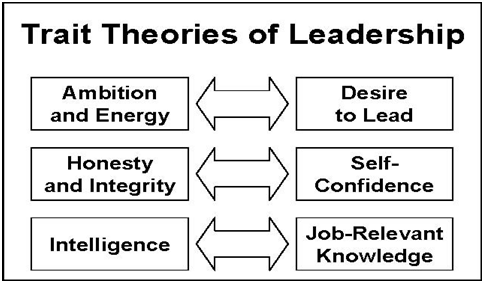Behavioral Leadership Theories are developed scientifically by behavior-focused studies of a leader’s behavior in a conditioned situation so that one can respond to specific stimuli. This behavior-focused approach provides real marketing potential.
Behavioral Leadership Theories are developed by scientifically studying leaders’ behaviors and their effects on the workforce and environment. Many behavioral scientists have attempted to identify appropriate behavioral patterns of leadership styles.
Some important contributions include Michigan University Studies and Ohio State Studies. Behavioral scientists don’t concentrate on the traits of leaders. Rather, they study the activities of leaders to identify their behavioral patterns.
What are the Behavioral Leadership Theories?
The two most common theories regarding Behavioral Leadership Theories are Michigan Leadership Studies and Ohio State Leadership Studies.
Michigan Leadership Studies
Michigan Leadership Studies is a behavioral Leadership theory that indicates the Institute for Social Research at the University of Michigan conducted empirical studies to identify styles of leader behavior that result in higher performance and satisfaction of a group.
The value of Michigan Leadership Studies lies in the analysis of 2 leadership styles task and employee-oriented styles.
Instead of restricting to traits of leaders, they concentrated on the behavior of leaders.
Ohio State Leadership Studies
Ohio State Leadership Studies is Behavioral Leadership Theory.
Ohio State University did a series of studies on leadership in 1945 to identify observable behaviors of leaders instead of focusing on their traits.
Ohio State Leadership Studies showed that initiating structure and consideration are two distinct dimensions and not mutually exclusive.
A low score on one does not require a high score. Consideration is the people orientation, and initiating structure is the task orientation.
The Ohio State studies were conducted around the same time as the Michigan Leadership Studies, which also identified the focus on tasks and people as critical.

![Leadership: Definition, Nature, Styles [Comprehensive Guide] 2 Leadership: Definition, Nature, Styles [Comprehensive Guide]](https://www.iedunote.com/img/1033/leadership.jpg)